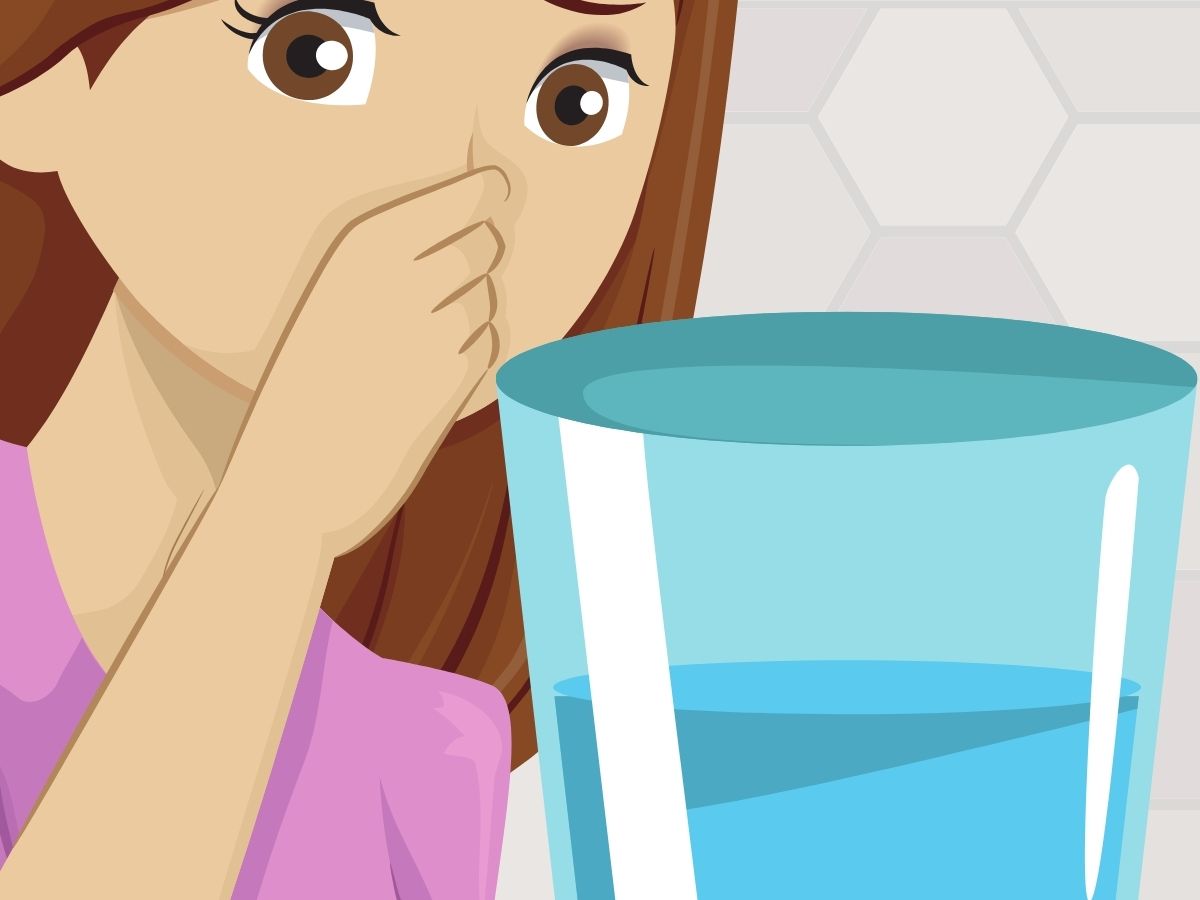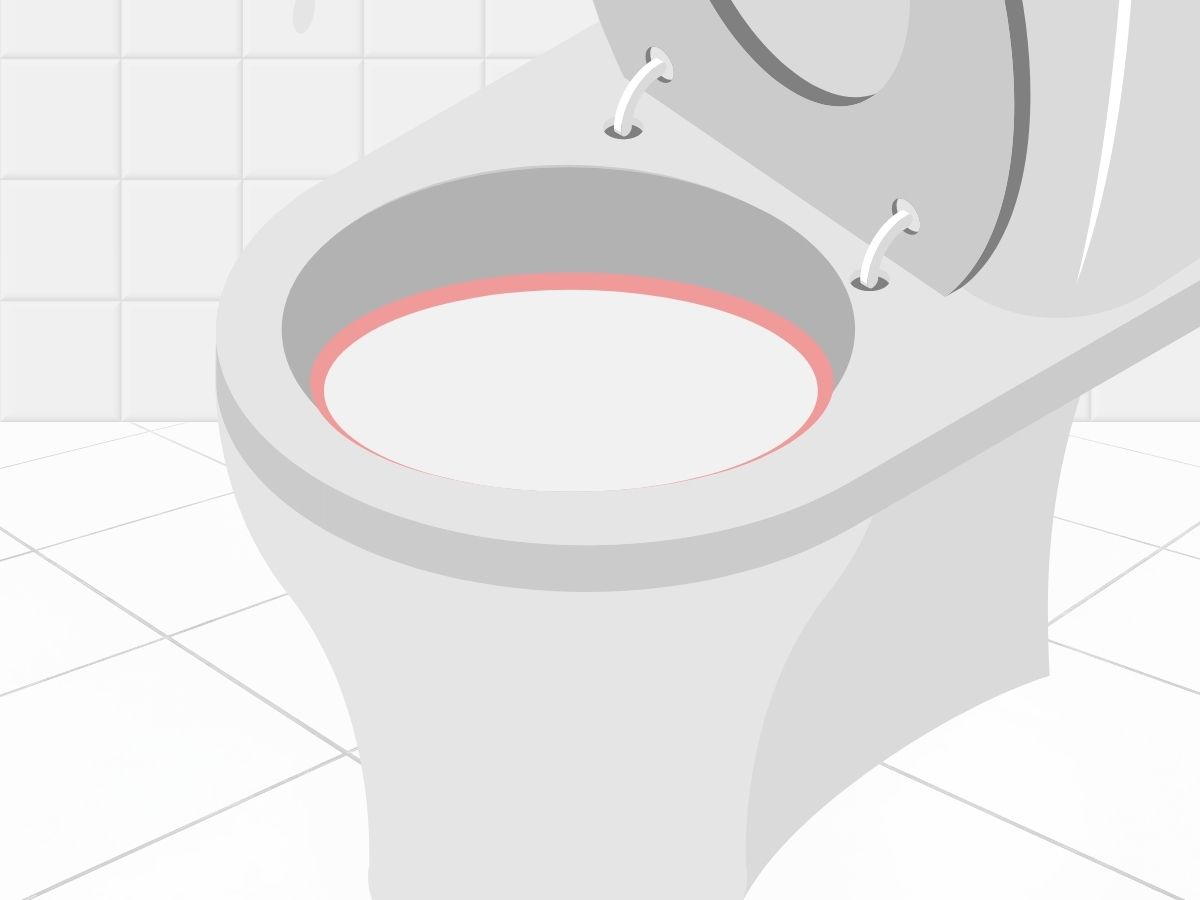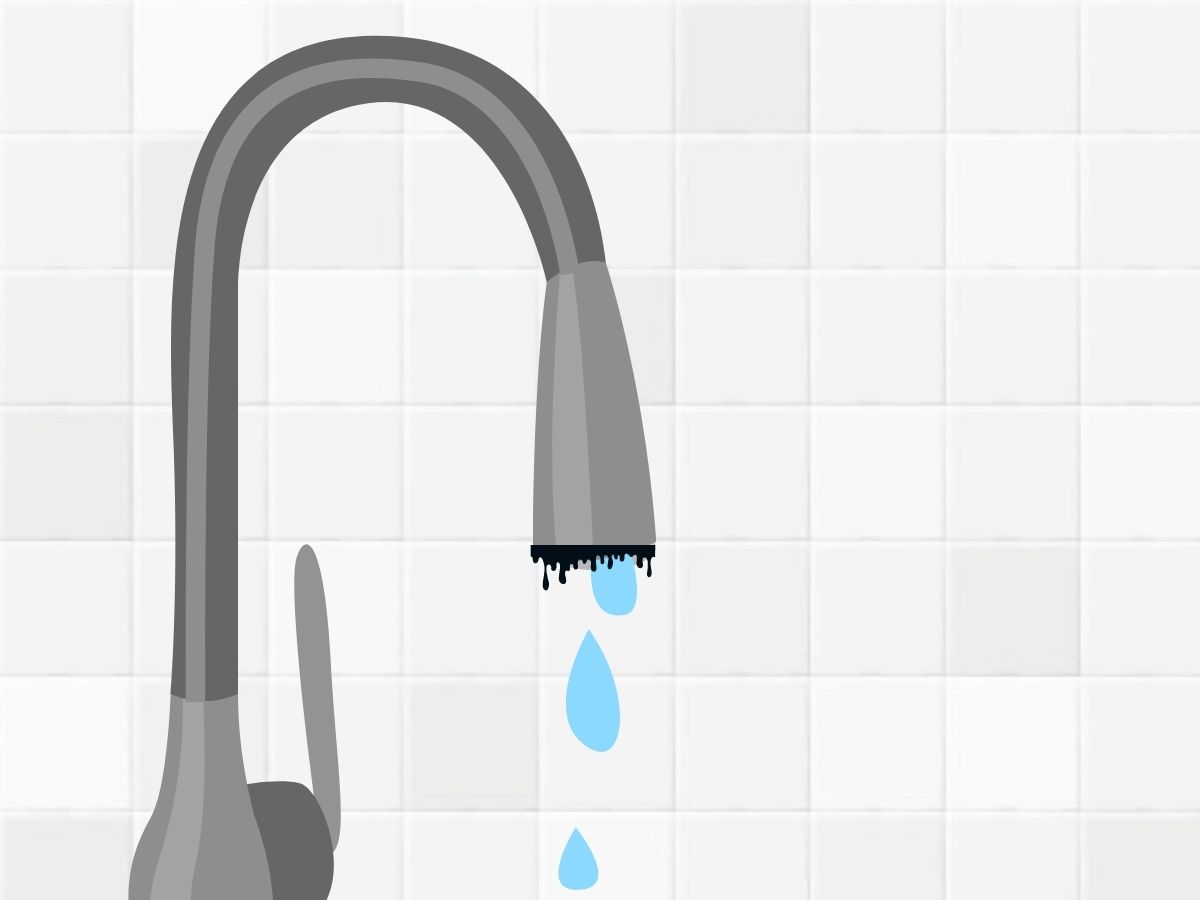Frequently Asked Water Quality Questions

Port St. Lucie Utility Systems has compiled a list of commonly asked questions—most of which relate to the quality of your water.
Our annual Water Quality Report is published in compliance with Federal legislation and includes the results of the sampling and testing we conducted throughout the year. We encourage you to review it, as well as the information below, which provides helpful household information.
I just came home from a trip and my water smells and doesn't taste good.
Upon your return from a long absence, we recommend running the water in your bathtub for approximately 5 minutes to move a large volume of water through the pipes to flush out any water that has been sitting stagnant. If you live in a large home, you may want to flush your system for a longer period of time.
Why does my water smell like rotten eggs?
The rotten egg smell is caused by sulfate-reducing bacteria that have taken hold in the water because of stagnant flow conditions and dissipated chlorine. The sulfate is converted to hydrogen sulfide, a gas that smells like rotten eggs.
If the smell persists after running the water in your bathtub for several minutes, the problem may be in your water heater. You can determine if your water heater is the cause by taking the following steps:
- Run the cold water for 1 to 2 minutes (single-handed faucets have to be all the way on cold).
- Fill a glass with the cold water and smell it. The water may have a slight chlorine odor.
- Fill a glass with hot water and smell it.
- If the hot water smells like rotten eggs, the problem is in your water heater.
- Consult the water heater owner’s manual to learn more about the manufacturer’s flushing recommendations.
Flushing the water heater is the simplest way to eliminate the problem. It can also enhance its efficiency and prolong its life.
What is that pink ring in my toilet?
Bacteria is to blame, not the water. That pink ring is actually caused by an airborne bacteria called Serratia marcescens. It thrives in moist places, which is why it shows up in bathrooms.
Get rid of the ring by following these steps:
- Squirt toilet bowl cleaner into the bowl around the rim.
- Let cleaner sit for a few minutes.
- Scrub with a soft toilet brush.
- Repeat as needed.
You may notice this same pink ring in your pet's water dish or in your shower or bathtub. It's the same bacteria thriving in those moist places.
What is that black slimy stuff on my faucets and shower head?
This black residue is a naturally occurring mold or fungi. It is present in moist leaves, soil and mulch. The spores enter your home through open doors and windows. Even you and your pet can bring the spores in on clothing and fur.
Much like the Serratia marcescens bacteria that causes the pink ring in your toilet, this mold thrives in moist, dark environments where there is little air flow and constant dampness. The mold appears on shower heads and faucets, shower curtains and reusable water bottles.
You might also see it under the flushing rim of the toilet. It can easily be controlled by taking the following steps:
- Pour 1 cup of bleach into the toilet tank.
- Flush the toilet.
This chlorinates the inside of the ring where the toilet scrubbing brush can’t reach.
This mold will not survive in our water and is not present in our drinking water.
More questions about Utility Systems? Download Frequently Asked Questions



